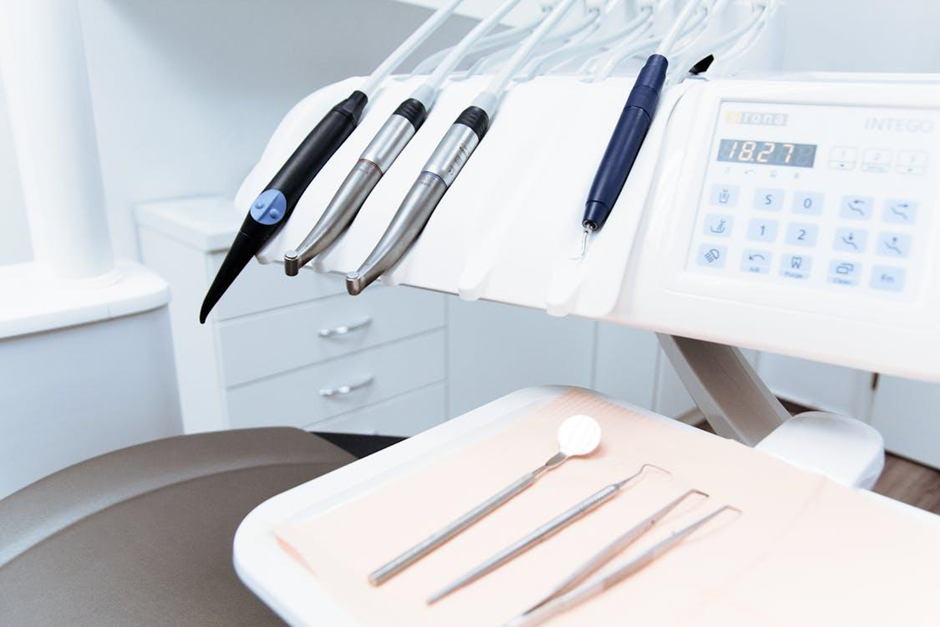Different Types of Dental Retainers
Dental Retainers
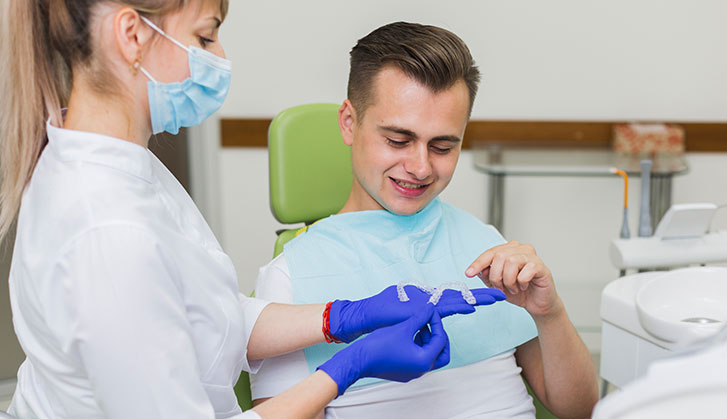
Table of Contents
After getting an orthodontic treatment done to fix any dental issue like misaligned teeth or crowded teeth, it is very important for you to ensure that your teeth don’t end up reverting to their original position.
For this very reason, your orthodontist is likely to suggest that you wear dental retainers so that your teeth are able to maintain the corrected position.
What Are Dental Retainers?
The phase after any orthodontic treatment is called ‘retention’ which is more like a follow-up or follow-through stage. As the name suggests, retention involves wearing a custom-made appliance called a retainer, which is fixed in the mouth to help the teeth stay put in their place.
After you remove your braces or get a short partial treatment, for instance, your teeth will try to shift back in the original position in a process called relapse.
Orthodontic retainers prevent that from happening, and it can take around 4-6 months for the retainers to make your teeth adjust to their new position permanently.
Types of Dental Retainers
There are many different types of dental retainers, each of which is meant for particular situations.
Orthodontists suggest the best retainer for you on the basis of your growth pattern, dental issue, risk of relapse, and the severity of the malocclusion.
Take a look at some of the common and basic types of retainers to know which option would work best for you.
1. Permanent or Fixed Retainers
These are also called bonded or lingual wire retainers that are permanently glued onto the teeth. Fixed retainers consist of a metal wire made of copper, titanium, or nickel, which is bonded to the back of the front of the teeth. The metal typically runs from canine to canine.
These dental retainers are commonly used in situations where the teeth have a lot of spacing between them, are too crowded or misaligned before the orthodontic treatment.
Since these retainers are basically cemented to your teeth, you don’t have to worry about removing them. They can last for quite a few years, given that you maintain them properly.
Pros
Permanent retainers offer quite a few advantages, such as:
- They can last for an indefinite period of time
- They aren’t visible to others
- They are extremely durable
- You can talk with ease while wearing these retainers
- Can’t be lost or misplaced since they are permanently glued in
Cons
There are, however, a few downsides of these types of retainers:
- Metal wire tends to cause irritation to the tongue
- Difficult to maintain oral hygiene including flossing and brushing
- They require emergency orthodontic care if the retainer breaks or is damaged
- They aren’t removable which causes the build-up of plaque and tartar in the mouth, thereby increasing the risk of other dental issues in the future
- Very difficult to clean they are fixed in place and can only be removed with the help of your oral surgeon
2. Removable Retainers
These retainers are the exact opposite of permanent retainers as they can be removed at any time you want. They are usually only supposed to be worn at night when you are sleeping.
There are two major types of removable retainers that you ought to know about: clear plastic retainers and Hawley retainers.
3. Clear Plastic Retainers
These retainers are quite similar to the Invisalign tray system. They are custom-made appliances crafted from a thin, transparent plastic that fits perfectly over your teeth.
There are three types of clear plastic retainers that include: Essix, Zendura, and Vivera.
Essix retainers are made of transparent plastic, and they help hold the teeth in place post-braces. Vivera retainers are used after Invisalign treatment, and they also serve the same purpose. Zendura retainers are high-performing appliances made of clear dental material that is believed to be stronger and more durable than the rest.
Clear plastic retainers tend to last between 6-12 months and even more than that if they are properly maintained.
Pros
There are many plus points of these dental retainers such as:
- They have precise fitting, so they stay in place better
- They are clear and invisible so no one can see them
- Can be easily removed before eating, brushing and flossing
- They are thinner in size so are quite comfortable to wear
Cons
On the downside though:
- Need to be replaced yearly
- Can be easily lost or damaged
- They cause difficulty while speaking
- Aren’t suitable for patients with specific dental conditions such as teeth grinding
- They tend to increase saliva production in the mouth
4. Hawley Wire Retainers
This is another type of removable or temporary retainer that is attached to the floor or the roof of the mouth supported by a wire that is fitted over the front of the teeth.
Hawley wire retainers consist of a thin, tongue-shaped acrylic base with a metal wire that helps hold the teeth in their correct position.
They are quite popular mainly because they are easily adjustable, simple to handle, durable, and allow you to fix or straighten the wire whenever needed.
Pros
Some of the key benefits of Hawley wire retainers are:
- Can be personalized by choosing a plastic color of your choice
- They don’t stain easily
- Can last for years if maintained properly
- Can be removed for eating and dental hygiene
- They are easily adjustable
Cons
Despite their popularity, they do have some drawbacks:
- They caused increased saliva production in the mouth
- Easily lost and damaged
- The metal wire is extremely visible in the front of the teeth
- Bacteria tend to live on these retainers, so they require regular cleaning
Final Word
Orthodontic retainers surely tend to feel uncomfortable in the mouth at the start; however, you are likely to get used to them after a certain period of time.
Each type of retainer offers a fair share of pros and cons, but your orthodontist will recommend the best one for you based on your teeth and dental concerns.
At the end of the day, you want your teeth to be perfectly aligned so that you can show them off every time your smile!
Also Read : Learn more about Invisalign treatment and how it can transform your smile in our blog on All About Invisalign Treatment.
Book an Appointment With Your Doctor NOW!
Ready for a brighter smile? Schedule your appointment with Dr. Paul’s Dental Clinic today and experience exceptional dental care.
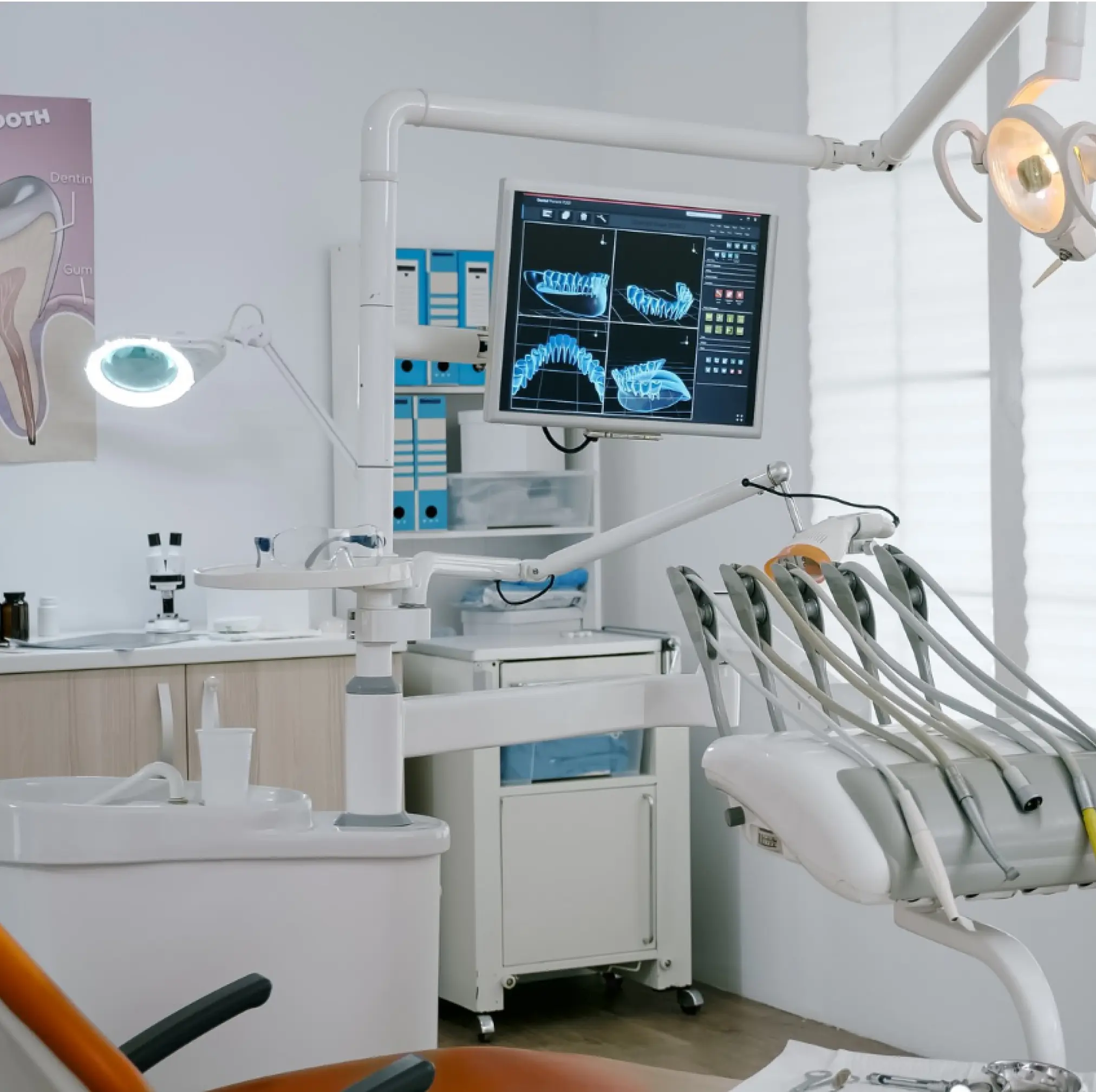
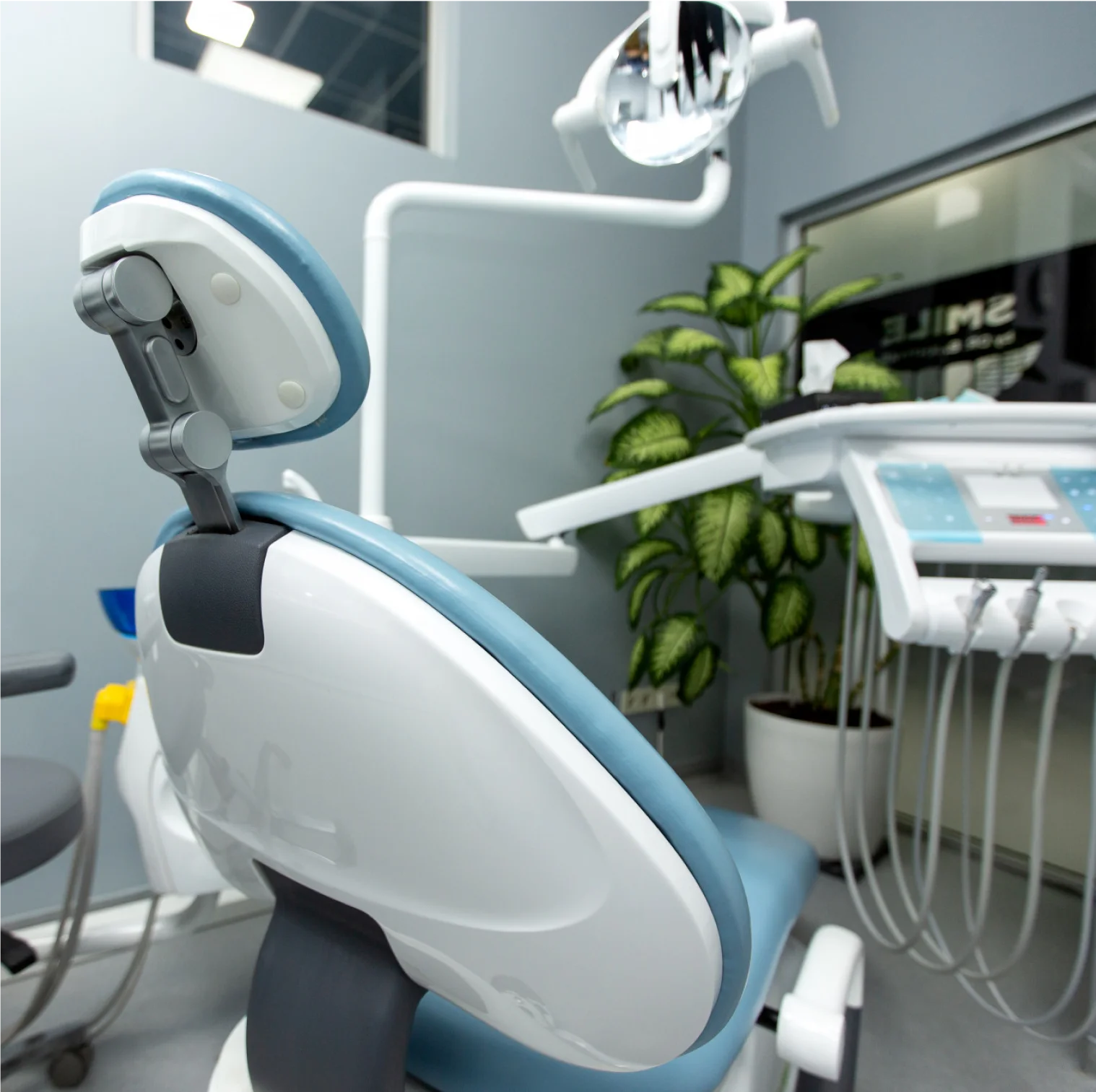
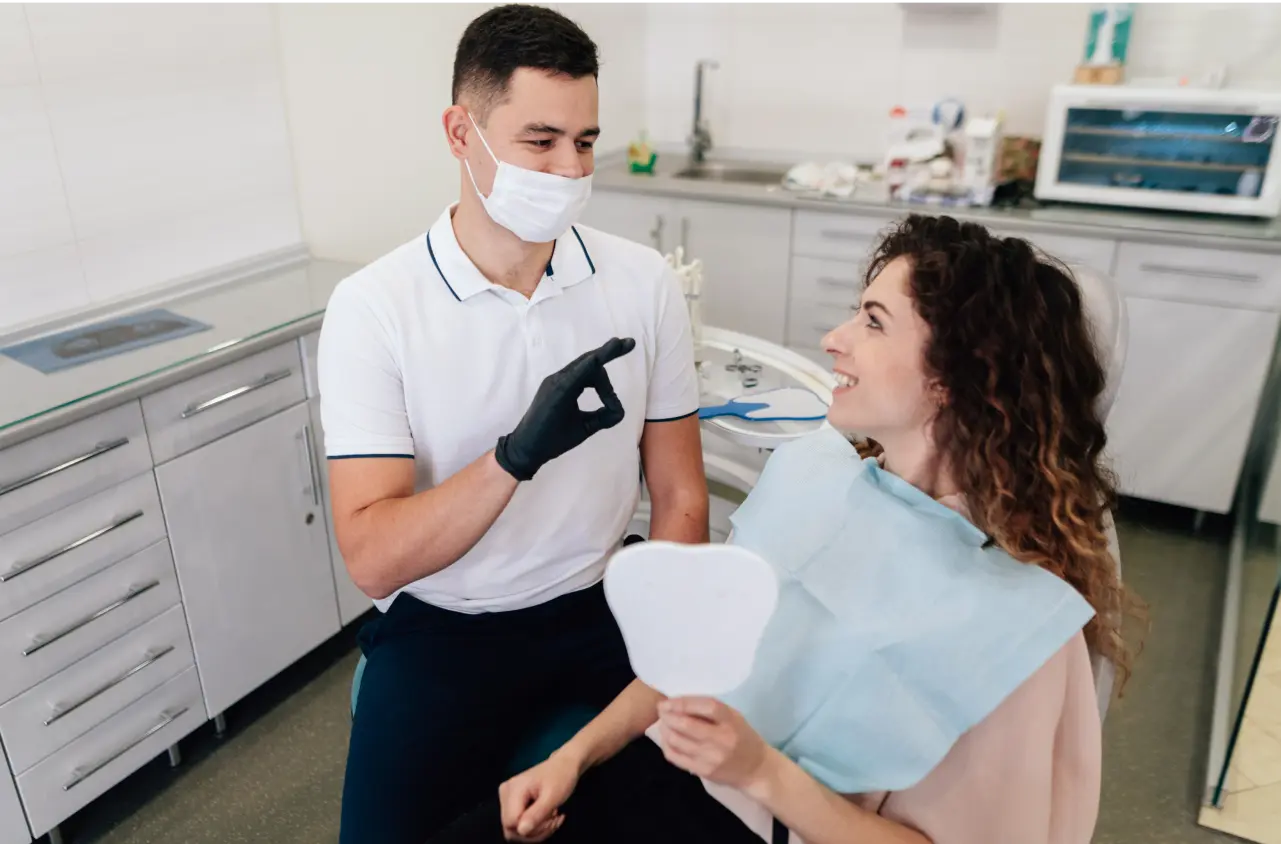
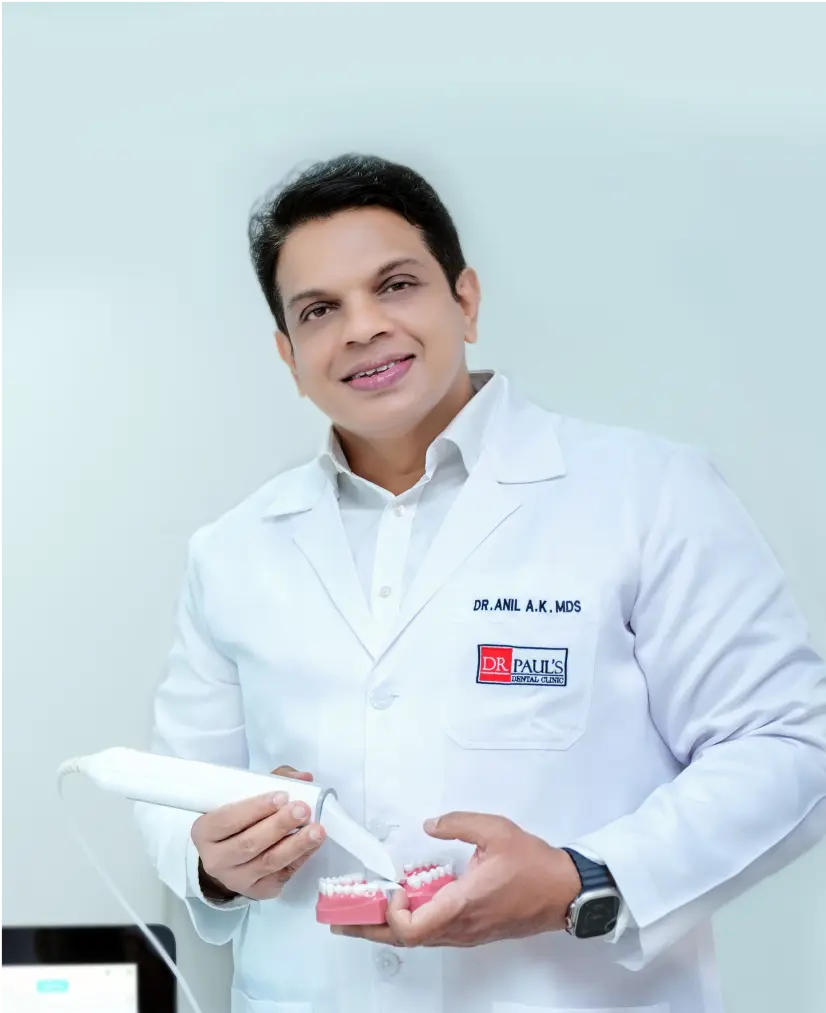 Dr. Anil Abdul Kaphoor
Dr. Anil Abdul Kaphoor 

